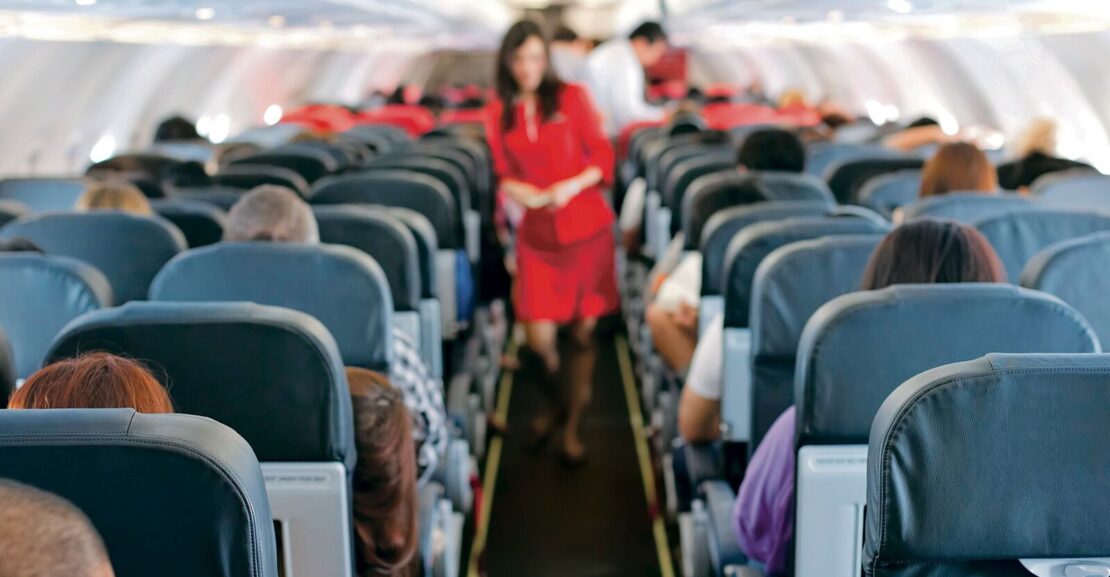The bone-chilling images and videos of the Air India plane crash from last week, killing over 270 people, are likely to escalate anxiety among many. Intense fear of flying is called aerophobia or aviophobia.
When tragedies–or incidents that could have been tragic–grab the headlines, that fear is triggered, bringing to the fore the worst-case scenario that many who experience aerophobia may push aside or dial down at other times.
“For people with aerophobia, or fear of flying, news of a plane crash can certainly trigger and reinforce an already heightened sense of vulnerability,” says Dr Gary Small, chair of psychiatry at Hackensack University Medical Center and author of more than a dozen books on mental health. “Even though flying remains statistically one of the safest forms of travel, people with this phobia often struggle with a perceived lack of control, fear of enclosed spaces, or catastrophic thinking—believing that the worst-case scenario will happen to them.”
“When a crash makes headlines, it can feel like proof that their fear is justified, even if the event is incredibly rare,” says Small.
Aviation experts note that flying continues to be among the safest modes of transportation and has been steadily improving. Massachusetts Institute of Technology researchers noted in a report last year that the risk of dying from commercial air travel was 1 per every 13.7 million passenger boardings globally in the 2018-2022 period.
“Even with recent high-profile aviation accidents, it is important to remember that accidents are extremely rare. There were 40.6 million flights in 2024 and seven fatal accidents. Moreover, the long-term story of aviation safety is one of continuous improvement. A decade ago, the five-year average (2011-2015) was one accident for every 456,000 flights. Today, the five-year average (2020-2024) is one accident for every 810,000 flights. That improvement is because we know that every fatality is one too many. We honour the memory of every life lost in an aviation accident with our deepest sympathies and ever greater resolve to make flying even safer. And for that, the accumulation of safety data, including the 2024 safety report, is our most powerful tool,” says Willie Walsh, International Air Transport Association’s Director General.
“I encourage people to take breaks from media coverage, focus on what’s within their control, and use grounding techniques. Therapy—especially cognitive behavioural therapy—can help reframe fearful thoughts, and in some cases, medication can offer additional support during high-anxiety moments,” says Dr Small.
How to deal with fear of flying
To cope with the fear of flying, Hackensack Meridian Health mental health experts also advise:
Cognitive Restructuring: Gently challenge irrational beliefs about the dangers of flying by replacing such beliefs with factual information about flying. Redirect your negative thoughts to focus on positive things, such as what you are looking forward to when you reach your destination. Also, avoid “doomscrolling” or immersing yourself in news about crashes.
Relaxation Techniques: Deep breathing is a highly efficient tool to manage fear and anxiety. Deep breathing slows down our body’s stress response system and evokes a sense of peace and calm. Practice deep breathing and saying soothing words, such as calm or peace to yourself during the flight.
Cope Ahead: Mentally visualise yourself on the aeroplane ahead of time. Picture yourself feeling comfortable and relaxed. The more detailed the image, the better. Picture what you will be doing as you feel relaxed, perhaps reading a book or drifting off to sleep. Imagine the feelings of the aeroplane landing and you exiting the plane.
Distraction: Distraction is a great tool to use when the mind generates a lot of worrisome, unhelpful thoughts. When our mind is stuck in the worry loop, it is best to break the cycle by focusing on anything other than the anxiety-provoking thoughts. This can include simple mental exercises such as counting backwards in your head, crossword puzzles, counting items around you, etc.
Support: Rely on a trusted travel companion to come with you on the flight. Be honest about your fears and share what you think may be helpful for you if you start to feel afraid.
Gradual Exposure: Begin with shorter, manageable flights or engage in a simulated aeroplane flight experience, which will gradually expose yourself to the experience of flying, desensitising your fear response over time.
Seek professional help: Seek help from a therapist trained in evidence-based treatments, such as Cognitive Behaviour Therapy or Exposure Therapy, to overcome anxiety and fears associated with flying.

